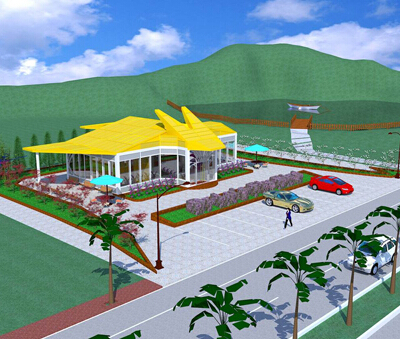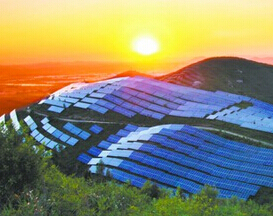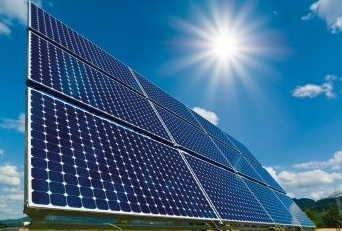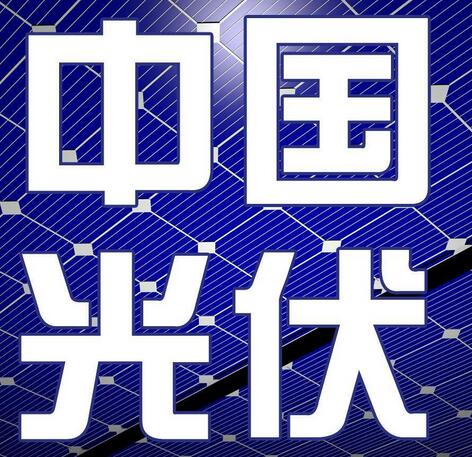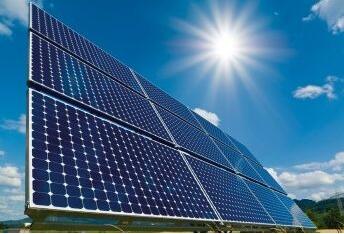In 2011, the United States took the lead in launching a “double anti-dumping and countervailing” investigation of solar panels exported from China, setting off the first round of attacks against the Chinese photovoltaic industry. The Chinese PV industry, which was almost tailor-made for Europe and the United States at that time, was forced into the "winter".
In 2013, Suntech Wuxi, China's photovoltaic “Whampoa Military Academy” crashed. Up to now, many opinions in the industry still hold that the “Suntech bankruptcy and reorganization incident” stemmed from the expansion of production, and viewed it as the epitome of China’s PV “winter” and an eternal alarm in the industry.
In fact, the vast majority of PV companies that have survived today have experienced the "winter" and the problems that may arise as a result of the expansion. They are probably more clear to anyone than anyone else.
For the future, expansion is also one of the important supports for photovoltaics to achieve parity at an early date. “In the next two years, the cost of solar power will also be halved, and the optimal solar photovoltaic project cost will be reduced to 3 cents/kWh or less. ".
Management introduced policies to prevent overheating
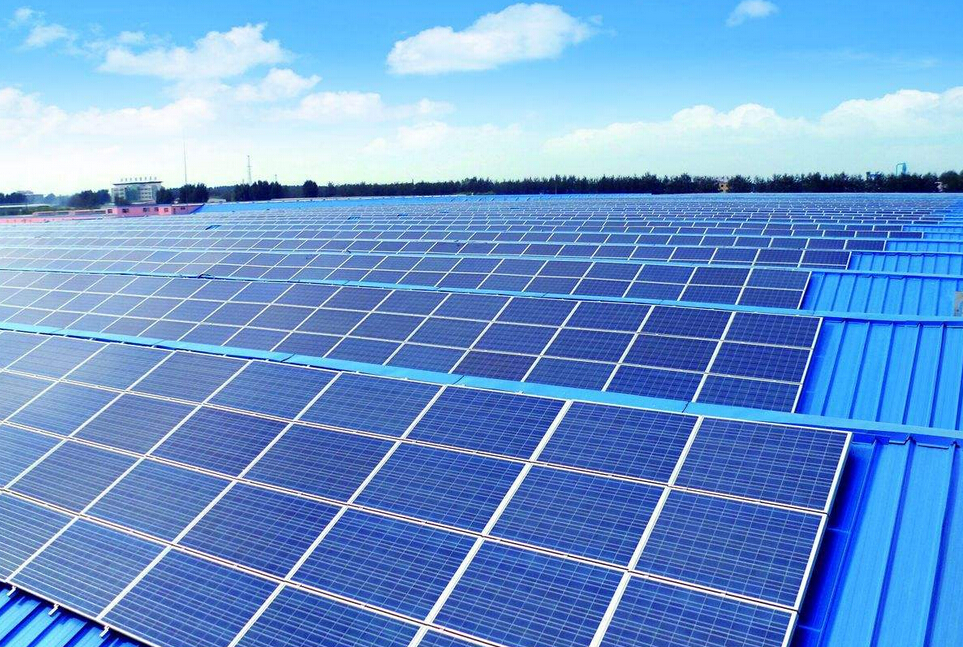
In 2013, the management successively issued the “2014 China Photovoltaic Power Generation Regulations Modeling as 12 GW. Among them, distributed photovoltaic 8 GW” and “the electricity price subsidy standard for distributed photovoltaic power generation projects was set at 0.42 yuan per kWh” and “ Centralized photovoltaic power plants are divided into three categories (divided by the duration of sunshine), and the policies of 0.9 yuan, 0.95 yuan, and 1 yuan (intra-grid tariff) per kilowatt hour are implemented respectively. Now it seems that it is also positive. It is these policies that laid the foundation for the subsequent development of China's photovoltaic industry.
By 2017, China's new photovoltaic installation reached an unprecedented 53 GW, which has attracted worldwide attention. In addition, IHS Markit, a well-known market research agency, has released a report and is expected to push the global PV demand to a record high of 113 GW in 2018, driven by continued strong demand in China.
Whether it is the actual situation or the future outlook, it seems that all of them have given China's photovoltaic industry confidence in implementing expansion. What's more, Edurne Zoco, Director of Research and Analysis, said, "The latest forecast of (113GW) is close to the limit that global polysilicon manufacturers can produce."
It is worth mentioning that although photovoltaic companies have thrown out plans to expand production have reason, the management team or in advance of the possible overheating of the industry hit a "prevention".
On March 1st, the "Regulations for the Industry of PV Manufacturing Industry (2018 Edition)" released by the Ministry of Industry and Information Technology website requires strict control over new photovoltaic manufacturing projects that simply increase production capacity, and guide photovoltaic companies to strengthen technological innovation, improve product quality, and reduce production costs. . Newly-built and expanded polysilicon manufacturing projects, with a minimum capital ratio of 30%, and other newly-built and expanded PV manufacturing projects with a minimum capital ratio of 20%. Not only that, the industry’s recent rumored that management will impose more stringent scale control on new PV installations and that the distribution will also be incorporated into management.















 RCCN WeChat QrCode
RCCN WeChat QrCode Mobile WebSite
Mobile WebSite


